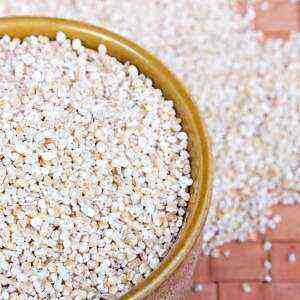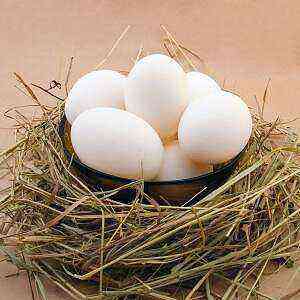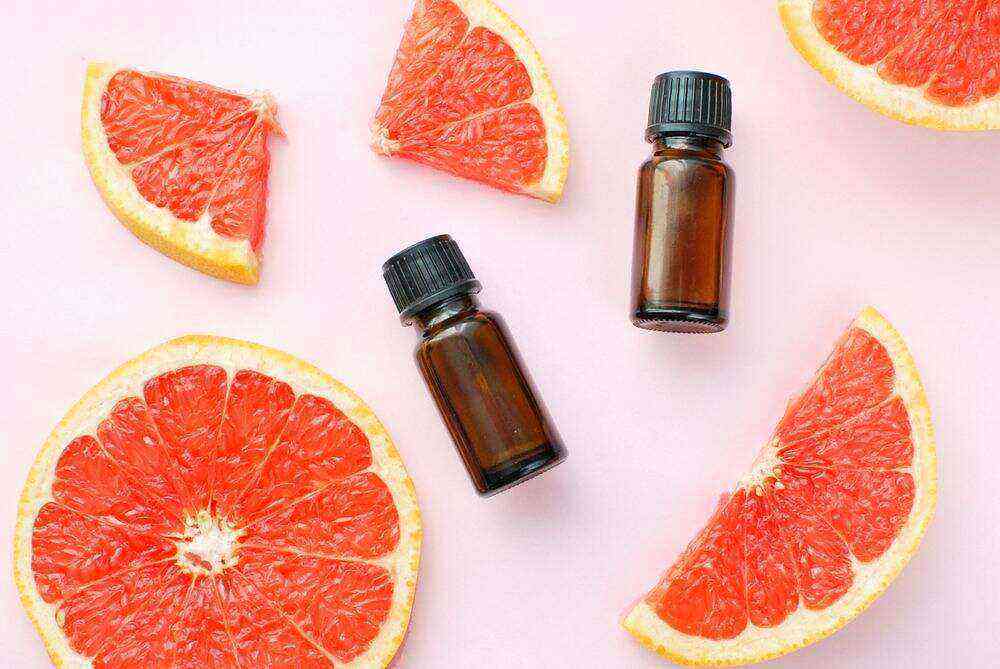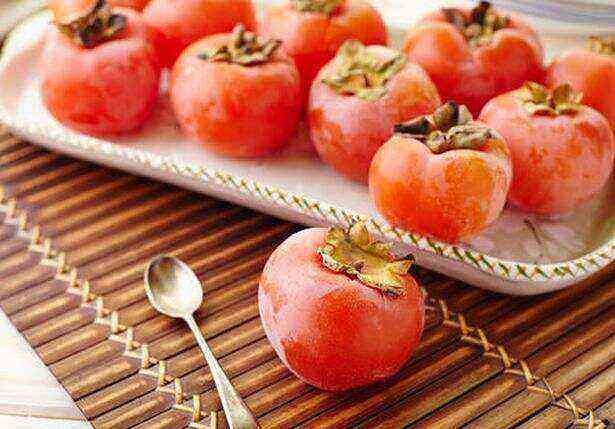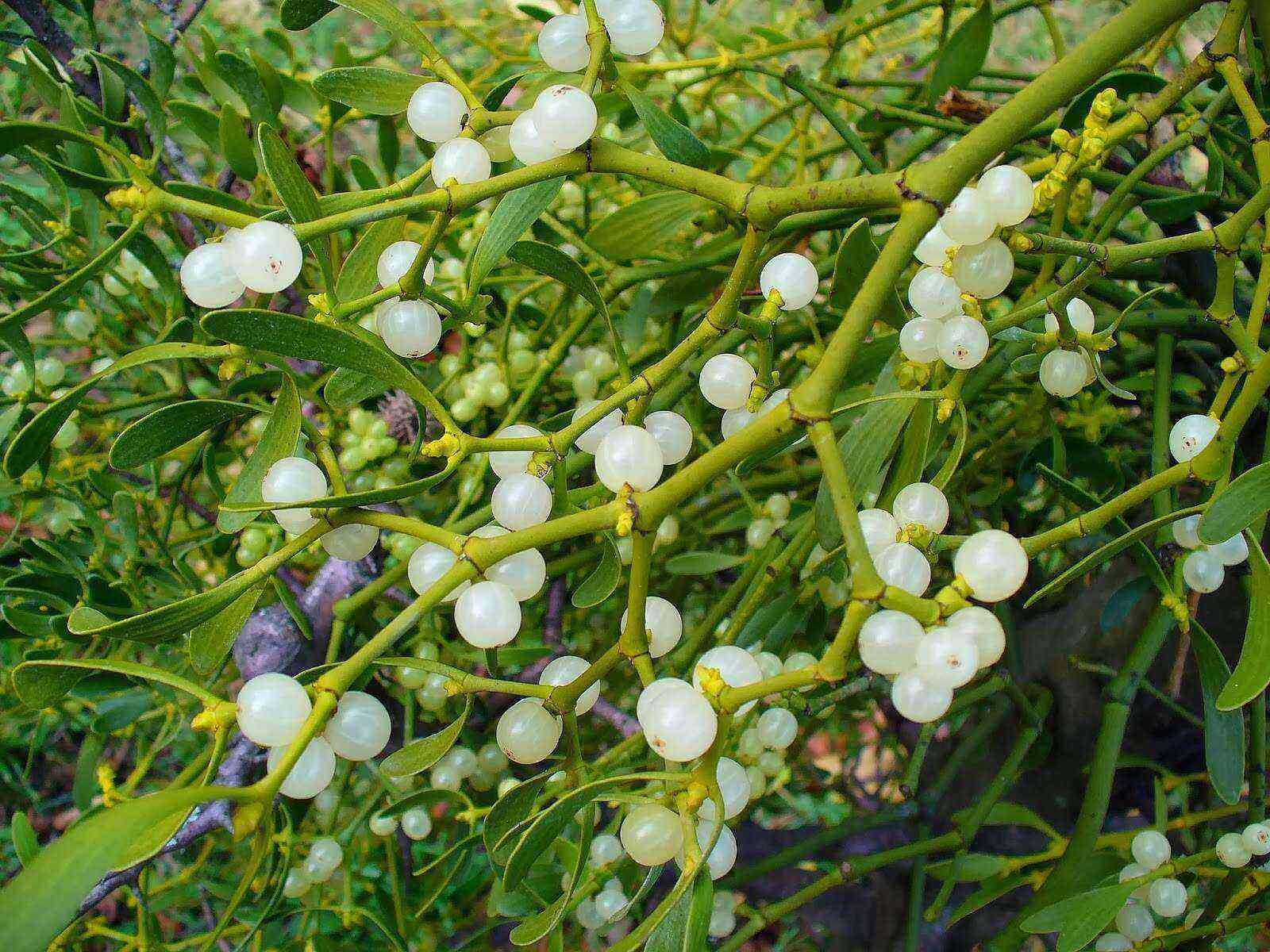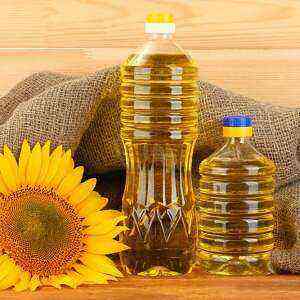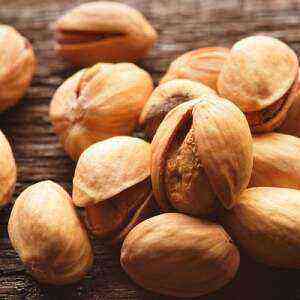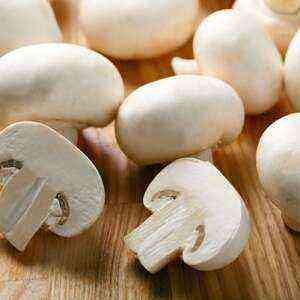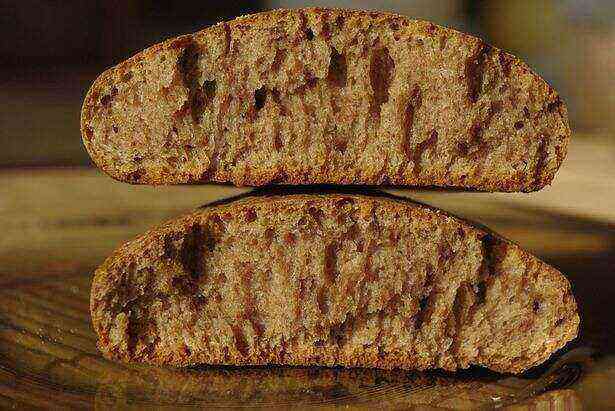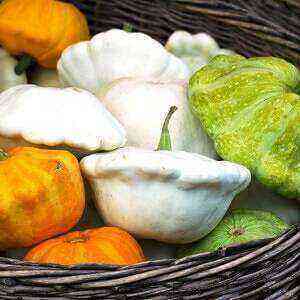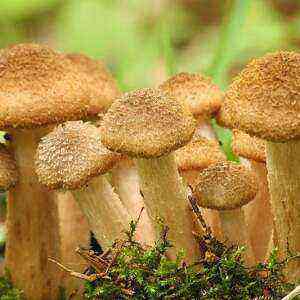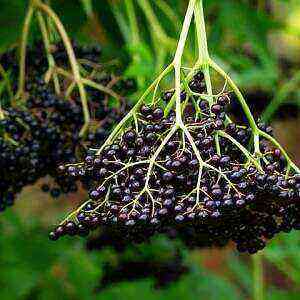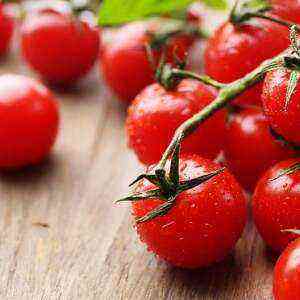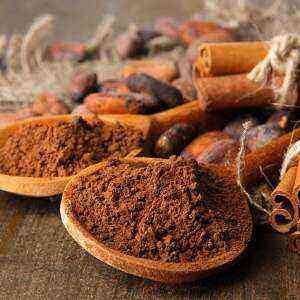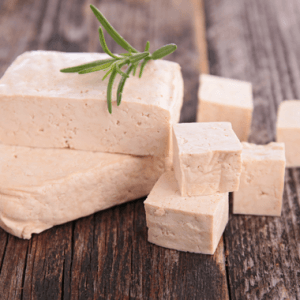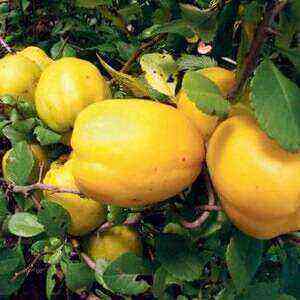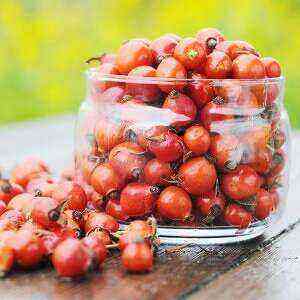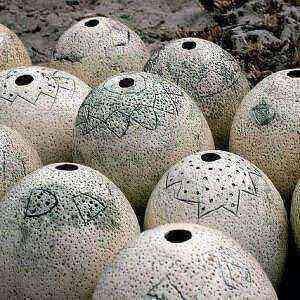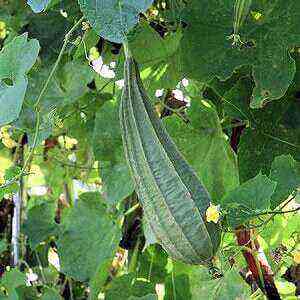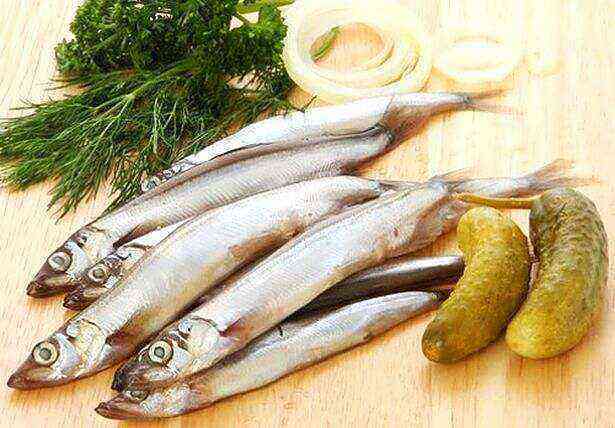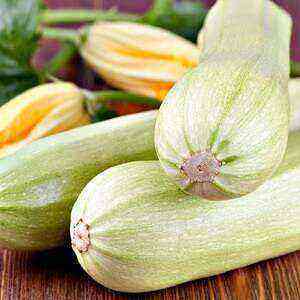
Zucchini is a versatile culinary ingredient. He perfectly copes with the role of the main dish, and side dish, and even dessert. Minimal heat treatment, a handful of spices – and on the table is a wonderful dish with a reasonable claim to a culinary masterpiece.
General characteristics
Zucchini is a relative of pumpkin (one of its varieties) with oblong fruits and the absence of rounded lashes. The flesh of the vegetable is soft and tender; in the process of development, it becomes dense and holds the primary structure well. It can be consumed both raw and processed. Zucchini can be cooked with all types of cooking, giving unlimited culinary exploration.
The vegetable came to Europe from the Oaxaca Valley (Mexico) .… Local residents ate only zucchini seeds, and threw away the pulp and skin, considering them food waste. The XNUMXth century was decisive for the ingredient: Europe learned about the existence of an unusual vegetable from the New World and decided to grow a similar product in botanical gardens. Breeders spent a lot of effort to adapt the zucchini to the then climatic conditions and get the highest quality and large yields. farmer-online.com… In the XNUMXth century, they decided to modify the specifics of eating vegetables. The Italians tried to cook the pulp of the squash and were so delighted with the taste that they turned everything upside down, calling the seeds “food waste”, and the body of the squash – a universal culinary ingredient.
Useful properties of the ingredient

Another important component of a vegetable is dietary fiber. Here’s how they affect the human body:
- They adsorb (remove) harmful toxic substances and lower cholesterol levels.
- Creates a feeling of fullness for several hours. During this time, a person can have a cardio session, and not take another portion of chocolate from the shelf.
- They accelerate the metabolism to the possible limit, improve the motor and secretory function of the gastrointestinal tract, stabilize the outflow of blood and reduce the risk of atherosclerosis. These benefits are especially useful for older people, as the body ages, slows down and more and more needs additional nutrition.
Zucchini is a natural herbal substitute for diuretic medicines. The vegetable will perfectly cope with both latent and obvious edema. As a diuretic, not only pulp is used, but flowers and zucchini seeds. .… The seeds are dried (preferably in the oven) and consumed ready-made, 15-20 pieces per day. They can be added to salads or used as a snack. The monotonous process of absorbing seeds is addictive, so count the right amount for yourself and do not reach for a new portion. Zucchini flowers are also used. Only those inflorescences are used that independently separated and fell to the ground. A decoction is prepared from them and taken instead of water before each meal.
Agronomists and doctors argue that the most useful squash for the human body have certain parameters.
The length of such a fruit should be 20-25 cm, and its degree of maturity should be slightly above average. An unripe vegetable should be eaten with the peel. The preferred method of heat treatment is cooking with a small amount of spices and herbs.
The benefits of vegetables on the example of specific organs and systems of the body
The cardiovascular system
Magnesium and potassium, which are part of the vegetable, directly nourish the heart muscle. Iron stabilizes blood circulation and increases the amount of oxygen in the blood. The higher the oxygen level, the more resilient and stronger the body becomes.
Stomach
The vegetable contains a large amount of fiber. It increases gastric motility, increases productivity and gently affects the organ. ..
Cells
Zucchini is 90% water. The liquid from the vegetable nourishes the cells and stimulates their functionality.
The immune system
Regardless of the timing and storage methods, a rich vitamin composition is concentrated in the vegetable. Vitamins obtained from plant components are much better and more effectively absorbed by the body than tablet counterparts. Vitamins stimulate the immune system and increase its protective function.
Kidneys
Due to the high percentage of water, zucchini stimulates secretion, removes excess fluid, waste and toxins from the body.
Liver
The vegetable facilitates the work of the liver and partially “unloads” it.
Skin covering
With prolonged use of the vegetable, the skin becomes radiant, youthful and truly healthy. Zucchini has an anti-aging effect that is in demand in the field of cosmetology.
Chemical composition of the product
Nutrient Balance (in milligrams based on 100 grams of raw product) .
Vitamin composition
Retinol (A) 0,005 Beta-carotene (A) 0,03 Thiamine (B1) 0,03 Riboflavin (B2) 0,03 Pantothenic acid (B5) 0,1 Pyridoxine (B6) 0,11 Folic acid (B9) 0,014 Ascorbic acid (C) 15 Tocopherol (E) 0,1 Biotin (H) 0,0004 Nicotinic acid (PP) 0,7
Macro and microelements
Potassium (K) 238 Calcium (Ca) 15 Sodium (Na) 2 Magnesium (Mg) 9 Phosphorus (P) 12 Iron (Fe) 0,4
Used in cosmetics
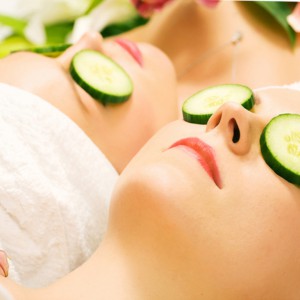
The beauty industry is happy to use zucchini for similar purposes. The ingredient is added to tonics, masks, basic care products. The vegetable will cope with the first mimic wrinkles, return a matte and even complexion and “throw off” the woman a few extra years.
It is recommended to rely on the high level of modern medicine and use those products that the market offers. If your hands itch, and there is still untouched young zucchini in the refrigerator, boil the vegetable, grind it into porridge in a blender and arrange a spa evening for yourself. The effect will indeed appear, but it will be temporary. Therefore, it is recommended to focus on professional care lines that have a cumulative effect and penetrate into the deepest layers of the dermis, making the skin irresistible.
In addition to the beauty of the face, zucchini supports another very important part of the female body. The vegetable helps to quickly cope with cellulite.
Getting rid of the hated orange peel should take place in such a complex:
- rational nutrition with the inclusion of zucchini in the daily menu;
- regular exercise;
- periodic massage and beauty treatments.
Use in cooking
Zucchini dishes are an important page in the national cuisine of the post-Soviet space. We love zucchini in any form – raw, fried, baked, boiled. But squash caviar received unconditional national love. Everyone knows about the overseas squash caviar from the film “Ivan Vasilyevich Changes His Profession”. Every caring grandmother supplies her grandchildren with orange cans, and every self-respecting housewife tried to repeat the legendary recipe at least once in her life. For those who are not good at cooking, manufacturing companies have made life easier and released conveyor caviar, which can be bought at a nearby supermarket at a ridiculous price.
Zucchini is an essential element of dietary nutrition. The vegetable has a high nutritional value, low calorie content and a pleasant taste, which can be drastically changed with an additional pinch of spices. The ingredient is perfectly absorbed by the body, is indicated even for diabetes mellitus and is a real salvation for people suffering from excess weight. Zucchini can be eaten at any time of the day (only boiled or raw, not fried in oil with potatoes), without fear of extra centimeters in the waist ..
Zucchini as an element of baby food

Why is this inconsistency happening? The baby develops the same taste preferences as adults (moreover, children have several times more receptors for cognition involved). If you put an adult in front of a choice: a bar of your favorite chocolate or a plate of broccoli puree, then the answer is obvious. In children, albeit unconsciously, an attachment to sugar is formed and, accordingly, a great love for a certain group of “sweeter” foods.
It would be better if the feeding period coincides with the period of the vegetable harvest. The mother will be confident in the quality of the product and will expect a certain reaction of the body to a new ingredient in the diet. If the time frame for complementary foods does not coincide with the farm, try to freeze vegetables in advance and add them to the diet as needed.
Garlic and Tomato Zucchini Recipe
We need:
- zucchini – 2 pcs;
- tomatoes – 500 g;
- olive oil (can be replaced with sunflower oil) – 50 ml;
- parsley (or other herbs to taste) – 60 g;
- bay leaf – 1;
- sour cream (to taste, with any percentage of fat) – 250 g;
- onion – 2 heads;
- sugar – 1 teaspoon;
- black allspice – 5 pcs;
- Garlic – 2 cloves;
- salt and pepper to taste.
Preparation
Remove seeds and inedible entrails from the zucchini. Cut the vegetable into large cubes no more than 5 centimeters. Chop the onion and tomatoes (they should be half the size of the courgettes).
Culinary advice (1): zucchini can be replaced with zucchini. In this case, you do not have to disassemble the insides of the vegetable. Simply grind the product to the desired size and cook according to the recipe.
Prepare a saucepan: heat it up, add olive oil or butter (you can use a mixture of different oils) and fry the onion. As soon as the onion begins to secrete juice and a golden crust forms, send the zucchini to the stewpan. Wait until the zucchini gives juice and add the tomatoes. Stir the contents of the saucepan thoroughly and simmer over medium heat for about 3-5 minutes.
Reduce heat, add sugar, allspice, bay leaf, spices and herbs to the dish to taste. Dry the contents for another 3-5 minutes. Gently mix the mixture so that the ingredients do not turn into porridge or zucchini caviar. Serve as prepared with low-fat sour cream or your favorite sauce.
Culinary tip (2): The dish can be served hot or cold. The main thing is to preserve the consistency of the dish. Tomatoes should remain tomatoes, and zucchini should be courgettes. If you do not turn the dish into caviar or porridge, you will get a great combination of structure, taste and aroma of vegetables.
Side effects and contraindications
Zucchini have no absolute contraindications .… It is necessary to clear the diet of vegetables for people with individual intolerance to the product and for patients with diagnosed kidney diseases. Why? With a pathological condition of the kidneys, there is a violation of the exchange of water and potassium in the body. Zucchini, which contains both substances, will negatively affect the balance of nutrients and provoke a specific reaction in the body.
People with pathologies of the gastrointestinal tract also need to limit the use of zucchini. For the period of exacerbation, it is better to forget about the vegetable, and at the stages of remission use only the thermally processed product.
Sources of
- ↑ Russian Institute of Consumer Testing. – Test: fresh zucchini.


